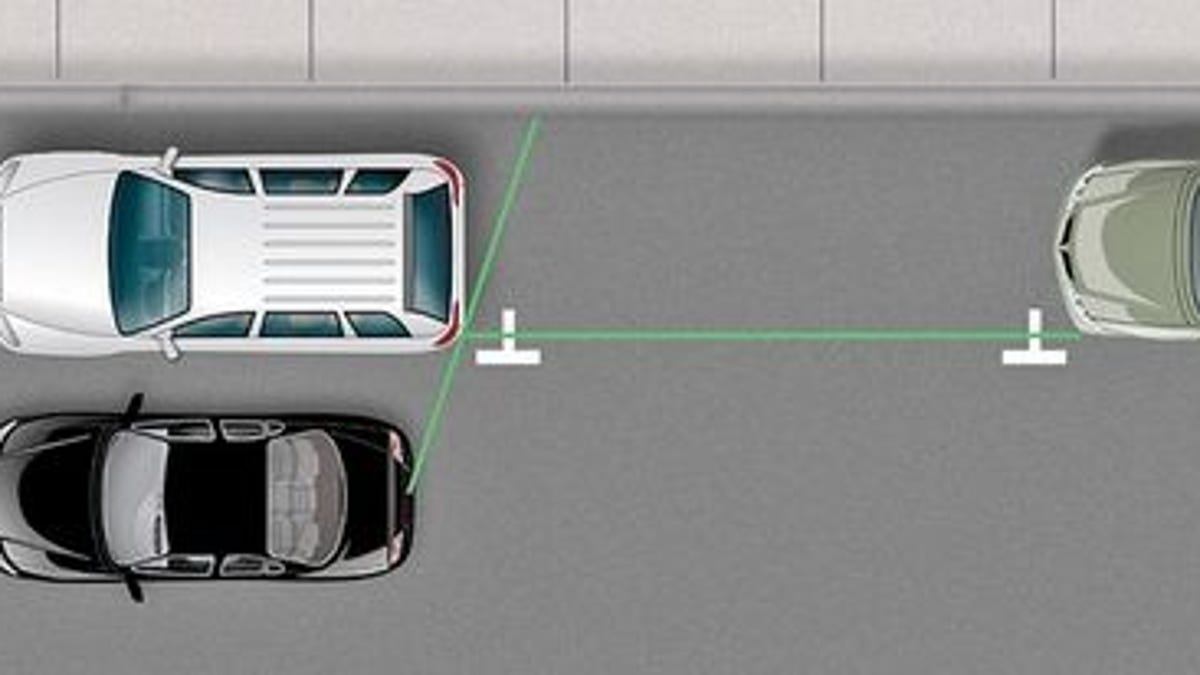Rear-view cameras become a front-runner in sales
Automotive News reports on the adoption of backup cameras.

Rear-view cameras are beginning to do more than just giving a driver eyes in the back of his head.
In the most basic form of the technology, a digital camera mounted in the rear captures what's behind a vehicle when it's in reverse and displays the image on the navigation screen.
After being introduced in the late 1990s, the technology has become one of the most popular options with consumers, said Mike Marshall, senior director of automotive product quality research at J.D. Power and Associates. In a J.D. Power survey of emerging technologies, released in June, rear-view camera systems ranked No. 5 in consumer interest.
The popularity of central screens has helped the technology become much more widely available. Today, rear-view cameras are offered on lower-priced vehicles. For example, the 2011 Kia Sportage crossover features a rear camera system in a $1,500 option package available on its LX trim level, which includes a navigation system.
As the technology spreads to lower-priced vehicles, higher-priced nameplates are starting to feature more advanced systems. Infiniti introduced the Around View Monitor on its 2008 EX35 crossover. The system stitches together images from four cameras to create a 360-degree view that is displayed on the vehicle's navigation screen when parking. The system is also offered as an option on the 2011 Infiniti FX crossover and QX SUV.
Meanwhile, R&D labs at suppliers are developing systems that go beyond showing what drivers cannot see.
In 2012, Delphi Automotive hopes to begin selling a system that uses cameras to help drivers parallel park large vehicles. The system, called Parking Guidance, gives drivers step-by-step instructions about where and when to turn the steering wheel to fit into a parallel-parking spot, said Mike Thoeny, global engineering director of electronic controls in Delphi's electronics and safety division.
The system uses an onboard computer to measure angles and distances of a parking spot deduced from images relayed from a digital camera. The computer processes the data into instructions instructing the driver when and how much to turn the steering wheel to make it into the spot.
Other systems on the market automatically park the car, with the driver not touching the steering wheel. But there are issues of cost and consumer acceptance.
(Source: Automotive News)